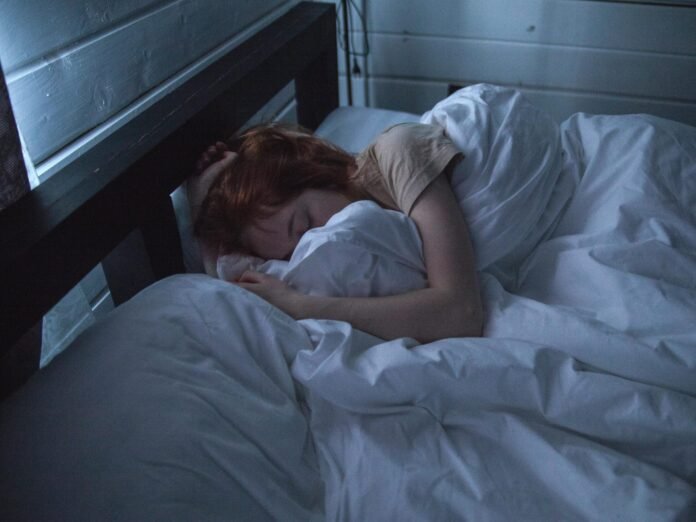Sleep disturbances – either getting too little or too much sleep. Migraines do not react well to extremes.
Migraine sufferers, even more than non-sufferers, desperately need to get enough sleep. If a non-migraine sufferer misses a few zzzzs, they’ll feel sluggish. If a migraine sufferer misses sleep, they might be condemned to intense pain.
Not only does the pain of an attack deprive you of much-needed sleep, but the resulting exhaustion leaves you more vulnerable to the next attack.
And do you think a sleep cure will reestablish equilibrium – “making up” for lost sleep? Think again – getting too much sleep can also trigger a migraine. What a vicious circle.
The pain will prevent you from going to sleep on your regular schedule, leaving you at the end of your rope at the end of the attack. How to take control? By practicing regularity.
We would do well to follow our own good advice and apply what we do for children to ourselves. What do responsible adults do to get children to sleep enough? Parents stick to a regular routine, with little repeated gestures and habits that condition the child to go to sleep. If the child resists sleep and delves into its bag of tricks to delay going to bed, what do you do? You keep bringing them back to bed until you wear them out.
You need to do the same to yourself if it’s your bedtime and you don’t fall asleep right away.
Try the following: walk until you begin to feel tired. Take a warm (not hot, not cold) shower, allowing the spray to remain on various parts of your head, neck, upper shoulders, and back. While that is happening, lower your head (so the spray doesn’t run down your nose) and breathe in through the nose, deep breaths, out through pursed lips. Go back to bed.
If you wake up a short while later, keep repeating the walking/shower routine. It takes repetition, but eventually, your body begins to respond to the various actions you take to induce sleep.
When I couldn’t decide which sleep-enhancing method to choose, I tried more than one. Either the first method improved my immune system enough for the second method to work well, or after trial and error, I finally found the best method. You are more likely to adopt and repeat a technique that, for some reason, appeals to you more. Excellent – either because it’s really effective in your case or you have more faith in it and relax more – go with this winning part of the formula!
The fewer objects in your bedroom, the less work your eyes need to do, and the more restful the atmosphere. Keep colors muted, again – it’s less work on the eyes. Give preference to natural fibers.
Migraines will hit when they please and last as long as they want. The pain will prevent you from going to sleep on your regular schedule, leaving you at the end of your rope at the end of the attack.
There is a long list of sleep-inducing actions you can take. Choose from among those, one after the other – until. Don’t let the discouragement of the migraine condition win this round. YOU need to be in control and keep repeating the tips, tricks, and countermeasures until you develop a regular sleep pattern that will strengthen your immune system. Getting enough sleep needs to become as automatic as breathing – after all, both are essential to your survival.
I’ve saved the best news for last: You have a far better ally than me, an amateur, on your side: The results of Professor Matthew Walker‘s scientific approach to the subject of sleep is bound to resonate with you who are dealing with sleep disturbances as a migraine trigger. He is the Pied Piper whose command of his subject and wealth of facts, tips, tricks, and countermeasures will charm you into becoming a better sleeper and finding significant pain relief. Allow yourself to be lulled and enchanted.


